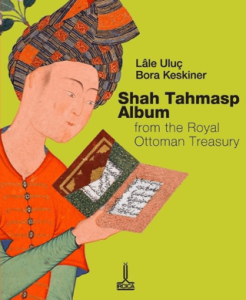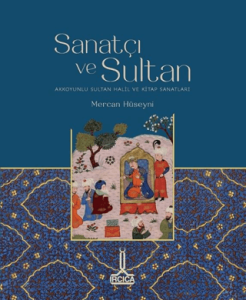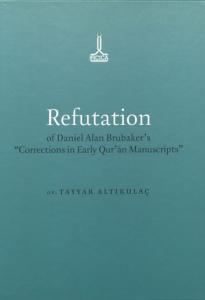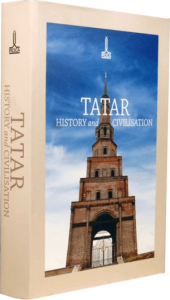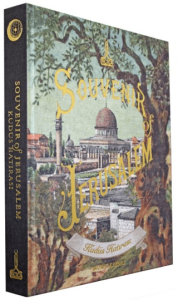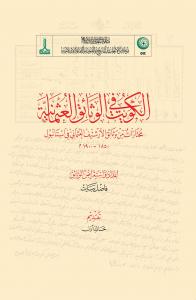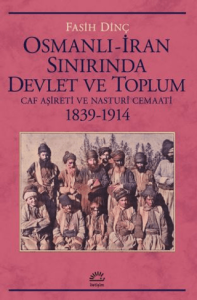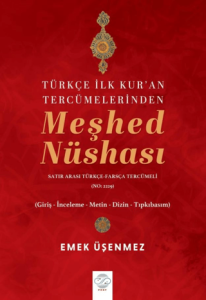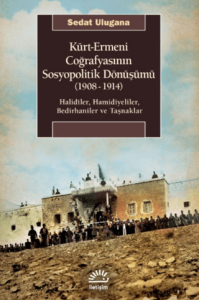
The Symposium on "Islamic Civilization in South Asia" was co-organized by the Ministry of Foreign Affairs of the People's Republic of Bangladesh and IRCICA in association with Dhaka University and held in Dhaka on 16-18 November 2008. As Halit Eren says in the Preface, the symposium contributed to diversification of studies on Muslim world history by drawing scholarly attention to South Asia, which one of the main geo-cultural regions of Islamic civilization: South Asia is indeed one of the environments where Islamic culture flourished from deep roots, activated the region’s cultural progress and also drew from it for its own overall advancement. This mutual enrichment can be observed in the manuscript and printed works, foremost among them the copies and translations of the Holy Quran, and in the architecture, the inscriptions, decorations and artworks. It can also be observed in the outputs of the region in Islamic cultural studies and literary production - in particular, in the evolution of Urdu as a language of learning and literature from under the aegis of the South Asian sultanates until modern times whereby it has been used as a prolific intellectual medium not only because it is one of the most widely spoken languages of the Muslim world but also due to the amplitude of Islamic scholarly and cultural activity conducted in this language.
Furthermore, the cities of civilization where these processes took place, represented in the built environment of the region, display marvelous monuments reflecting the Islamic influences assimilated, enriched and re-expressed through the artistic spirit and tastes of the rulers and the artists. The riches of artifacts, archeological, architectural heritage in the region are known to peoples of the world. The symposium was an excellent opportunity for the participants to visit these sources and this heritage and learn more from them, particularly in the context of the host country, Bangladesh.
The book contains 17 papers in the English language mostly on the history of Islam in the region, language, art and architecture.
The Symposium on "Islamic Civilization in South Asia" was co-organized by the Ministry of Foreign Affairs of the People's Republic of Bangladesh and IRCICA in association with Dhaka University and held in Dhaka on 16-18 November 2008. As Halit Eren says in the Preface, the symposium contributed to diversification of studies on Muslim world history by drawing scholarly attention to South Asia, which one of the main geo-cultural regions of Islamic civilization: South Asia is indeed one of the environments where Islamic culture flourished from deep roots, activated the region’s cultural progress and also drew from it for its own overall advancement. This mutual enrichment can be observed in the manuscript and printed works, foremost among them the copies and translations of the Holy Quran, and in the architecture, the inscriptions, decorations and artworks. It can also be observed in the outputs of the region in Islamic cultural studies and literary production - in particular, in the evolution of Urdu as a language of learning and literature from under the aegis of the South Asian sultanates until modern times whereby it has been used as a prolific intellectual medium not only because it is one of the most widely spoken languages of the Muslim world but also due to the amplitude of Islamic scholarly and cultural activity conducted in this language.
Furthermore, the cities of civilization where these processes took place, represented in the built environment of the region, display marvelous monuments reflecting the Islamic influences assimilated, enriched and re-expressed through the artistic spirit and tastes of the rulers and the artists. The riches of artifacts, archeological, architectural heritage in the region are known to peoples of the world. The symposium was an excellent opportunity for the participants to visit these sources and this heritage and learn more from them, particularly in the context of the host country, Bangladesh.
The book contains 17 papers in the English language mostly on the history of Islam in the region, language, art and architecture.

